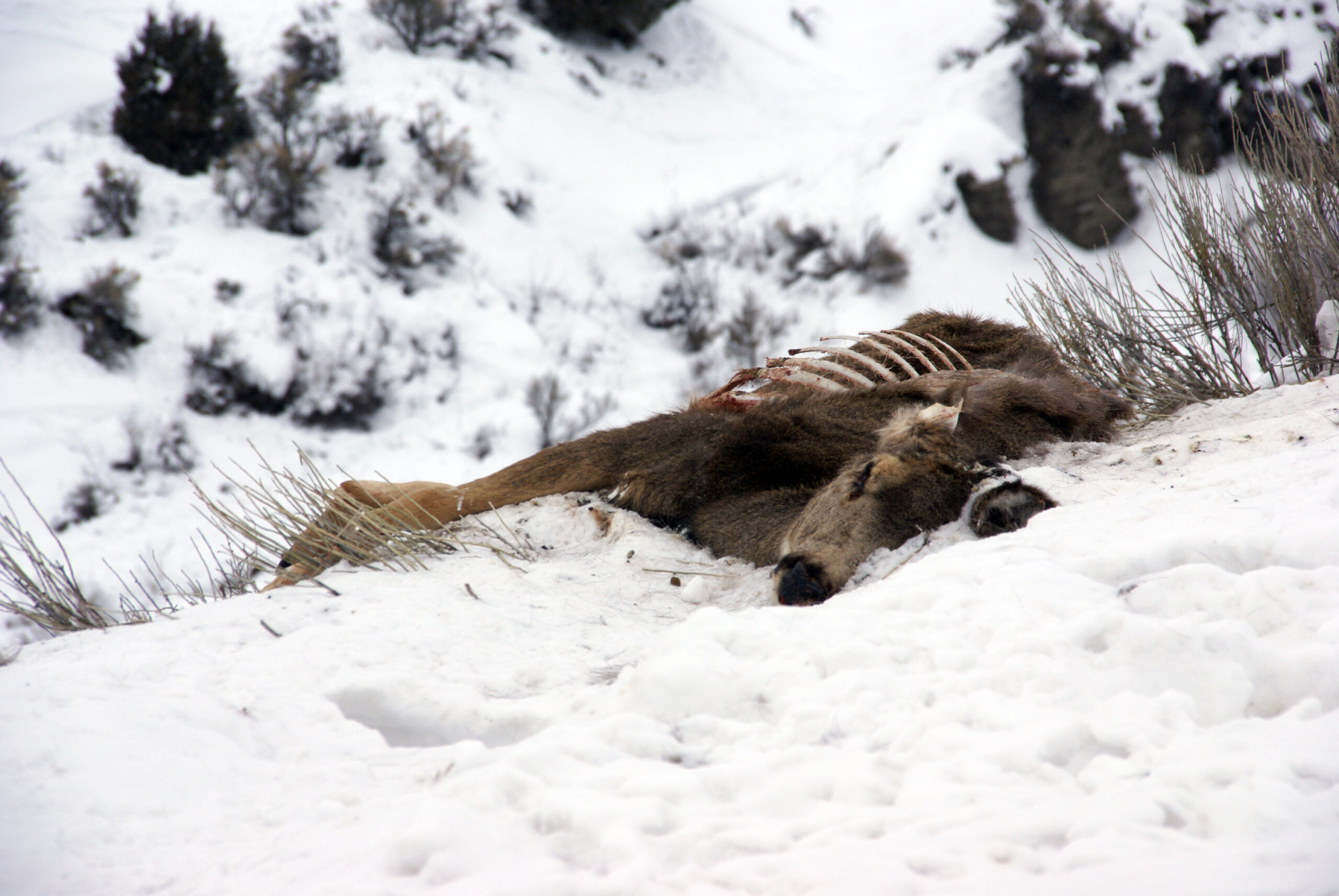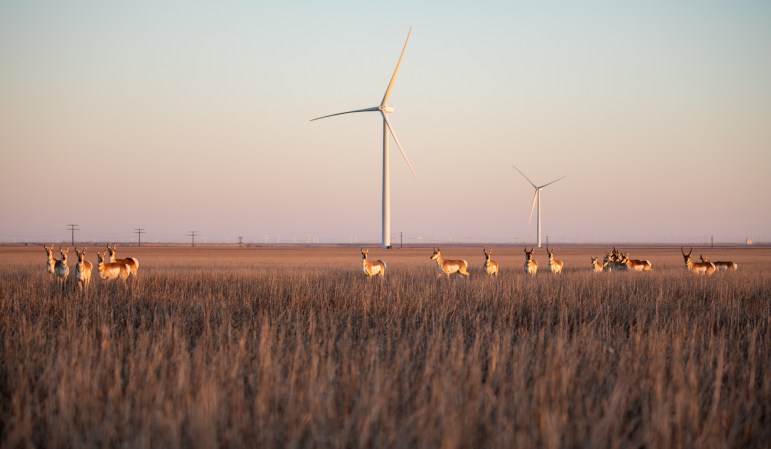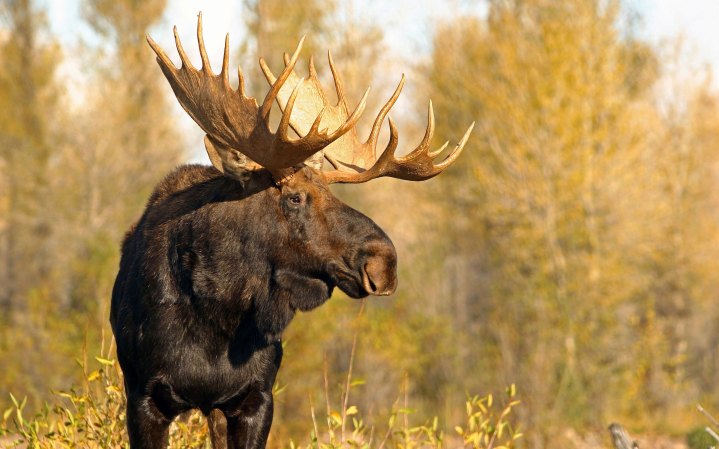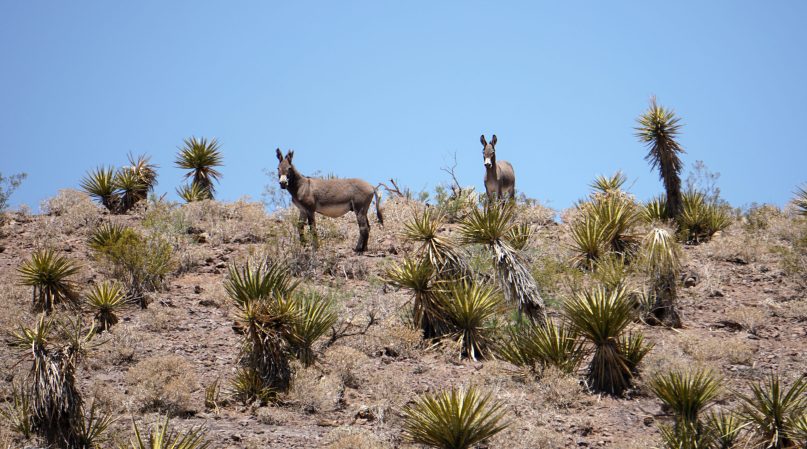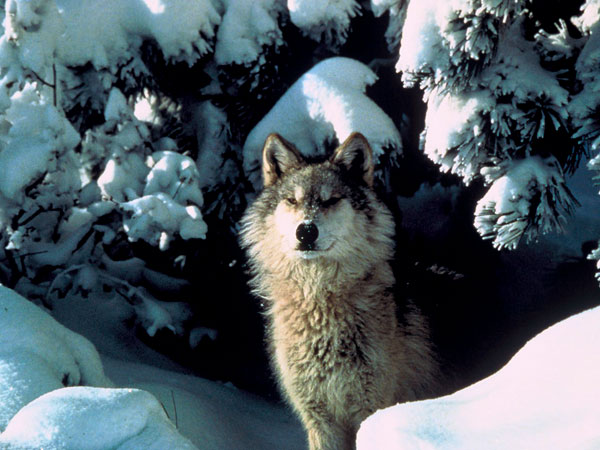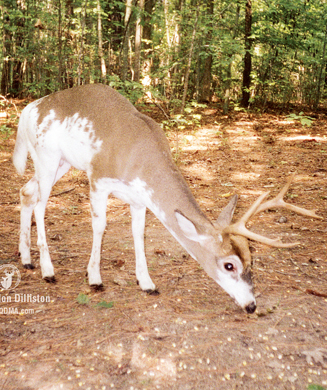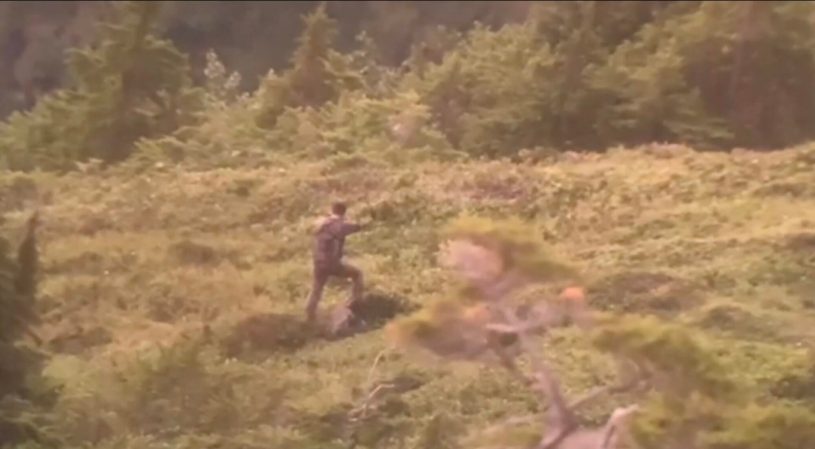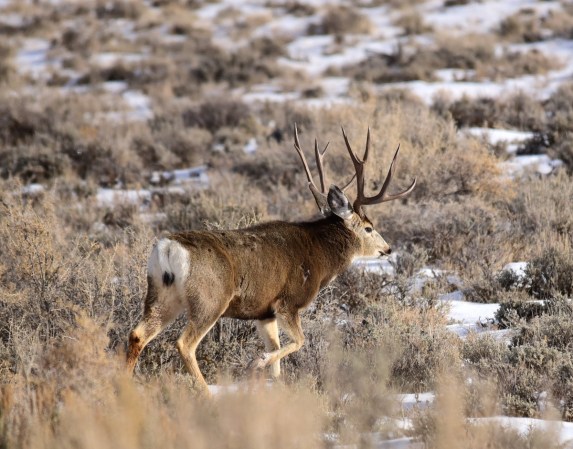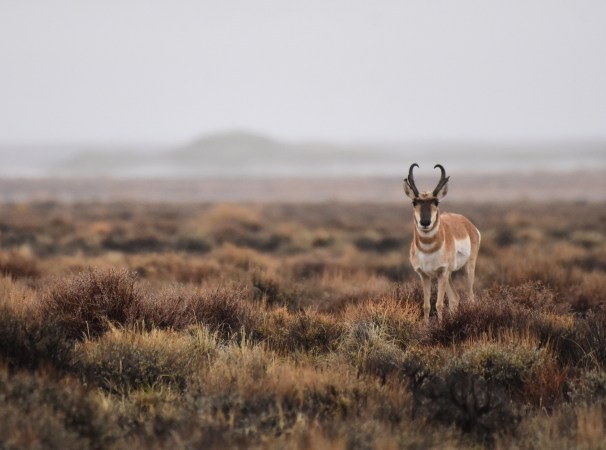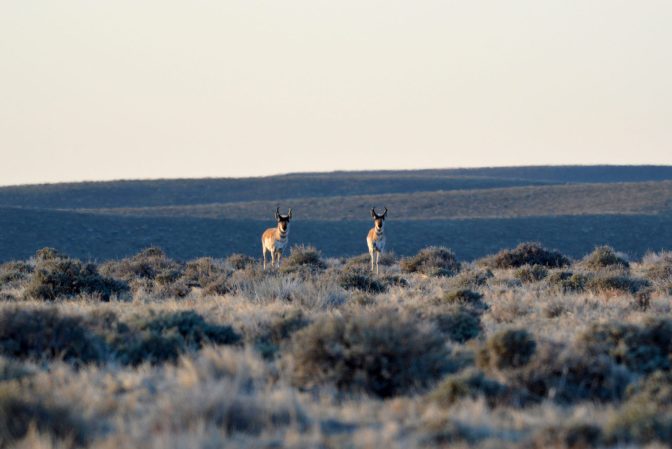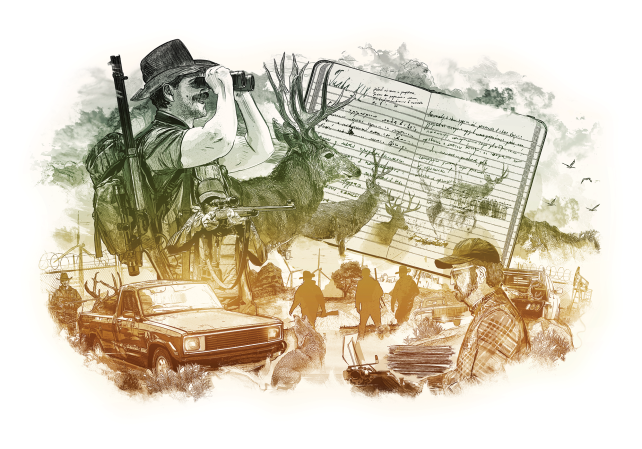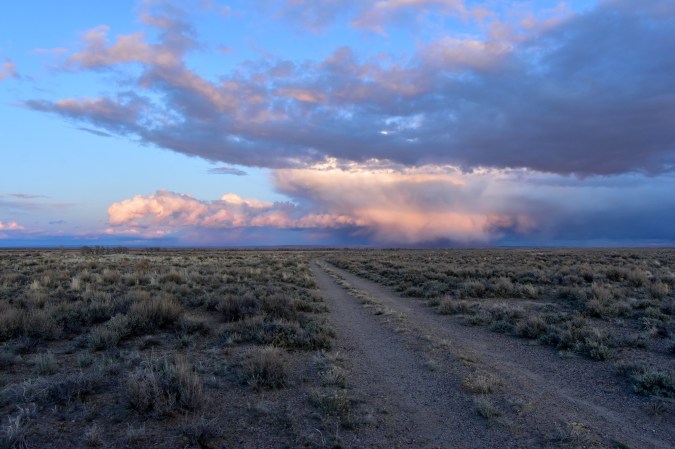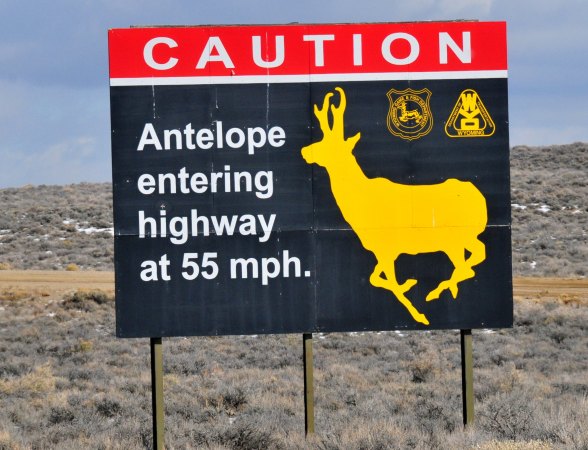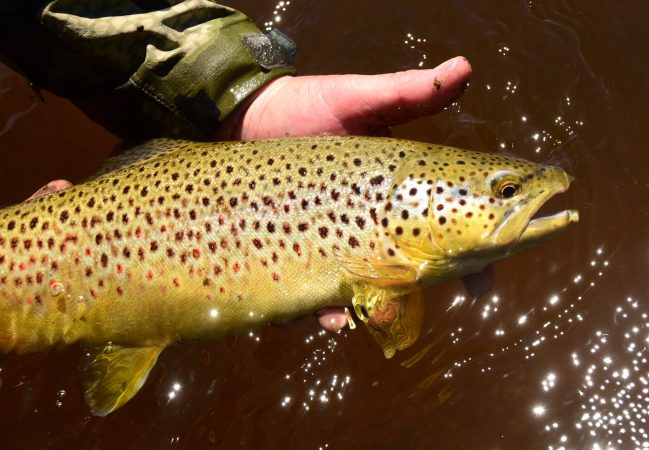It’s technically spring, and Colton Heward is starting to think about turkey hunting. He’s been taking his spotting scope out to glass the hillsides of sage and cedar trees near his home in southeastern Idaho, 10 minutes from the Utah border and 40 minutes from Wyoming. But instead of watching turkeys scratch their way across the snow, Heward sees dead deer picked apart by scavengers. Sometimes he sees four or five carcasses in one quick scan of the landscape. The obsessive big game hunter and guide is getting nervous.
“Deer and elk are hardy. They’re made to withstand some brutally cold temperatures. But this winter is just never-ending,” Heward tells Outdoor Life. “I’m hearing people in the core area of western Wyoming, southeast Idaho, and northern Utah talk about up to 70 percent mortality in adult deer and near-100 percent mortality in fawns. That is devastating.”
Read Next: Here’s Why Biologists Aren’t Usually Too Concerned About Winterkill
Those numbers might sound hyperbolic. But it’s what wildlife managers are predicting for one unit in the northern region of the Beehive State, according to Utah Department of Wildlife Resources outreach manager Mark Hadley.
“We’re projecting about 70 percent adult loss and about 90 percent fawn loss in the Morgan-South Rich unit. It’s pretty bad. That unit has gotten hit really hard this year,” Hadley says. He notes that the agency predicts an adult loss of about 30 percent and a fawn loss of about 80 percent across the other six units in the northern region.
“But the winter’s not over yet,” he cautions. “I’m looking out my window here in Ogden and the snow is coming down still.”
A Western Winter for the Ages
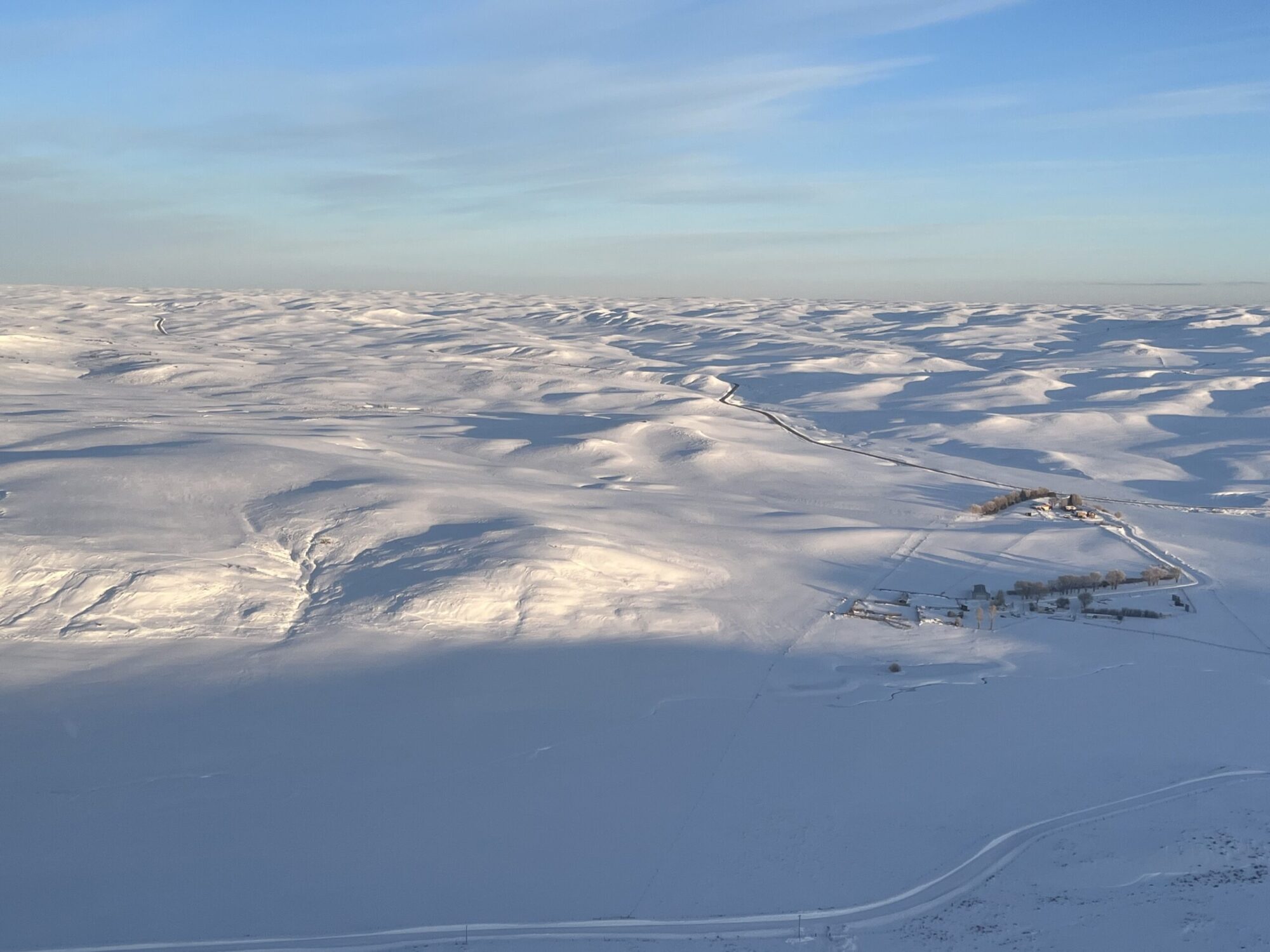
As snowpack in northwestern Colorado creeps past 143 percent of the 30-year average, Wyoming breaks a 129-year-old temperature record in its capital city, and Utah ski resorts hit record cumulative snowfalls, wildlife mortality events in all three states are stacking up.
“I keep hearing people refer to the winter of ‘82 to ‘83, and the decimation that occurred on the Utah mule deer herd in particular. I wasn’t alive then, but my dad and grandpa talked about it decades later. To hear people comparing this winter to [that] is concerning,” says Heward, who guides in the Morgan-South Rich unit. “I go out and look at deer around my house once or twice a week and I keep seeing dead deer on the side of the hill, and more deer just laying there, and you can tell they’re on their last legs.”
Deer, elk, pronghorn, sheep, birds, and other animals typically pack on the pounds during the fall. This is how they get through the snowy months with low-quality forage. Then, spring green-up is supposed to come in and save the day when species health is at its worst. One of the biggest threats to wildlife is when snowpack keeps growing and cold temperatures continue to grip the landscape late in the season. In other words, parts of Utah, Wyoming, and Colorado are facing the worst-case scenario right now. (With that said, experts are quick to note how this precipitation will provide some relief from drought conditions.)
Recently, two Colorado Parks & Wildlife employees, public information officer Rachael Gonzales and district wildlife manager Jeffrey Goncalves, had to euthanize a mature bull elk near Maybell. They did so after watching the starving elk fail to stand up multiple times, according to a CPW press release.
“It’s tough,” CPW assistant wildlife manager Mike Swaro said. “There’s no other way to describe it. We typically see some mortality from starvation every winter. That’s just nature, not every animal survives. This year it feels like all we’re seeing is starving or dying animals.”
Wildlife Deaths by the Numbers
In northwestern Wyoming, over half of the collared mule deer fawns in the Wyoming Range herd are dead. Near Lander in the Red Desert, 14 of 33 collared adult pronghorn does have also perished since December, according to WGFD. The Red Desert pronghorn numbers lead managers to estimate that 50 percent of the herd won’t make it.
The Utah Department of Wildlife Resources already delayed the 2023 shed hunting season statewide after tests on wintering mule deer showed poor body condition and concerns about fawn survival. Utah DWR also instituted an emergency deer feeding program in the Northern region in January. Hadley confirms that feeding is still ongoing, with 51 feed sites operating across four northern counties.
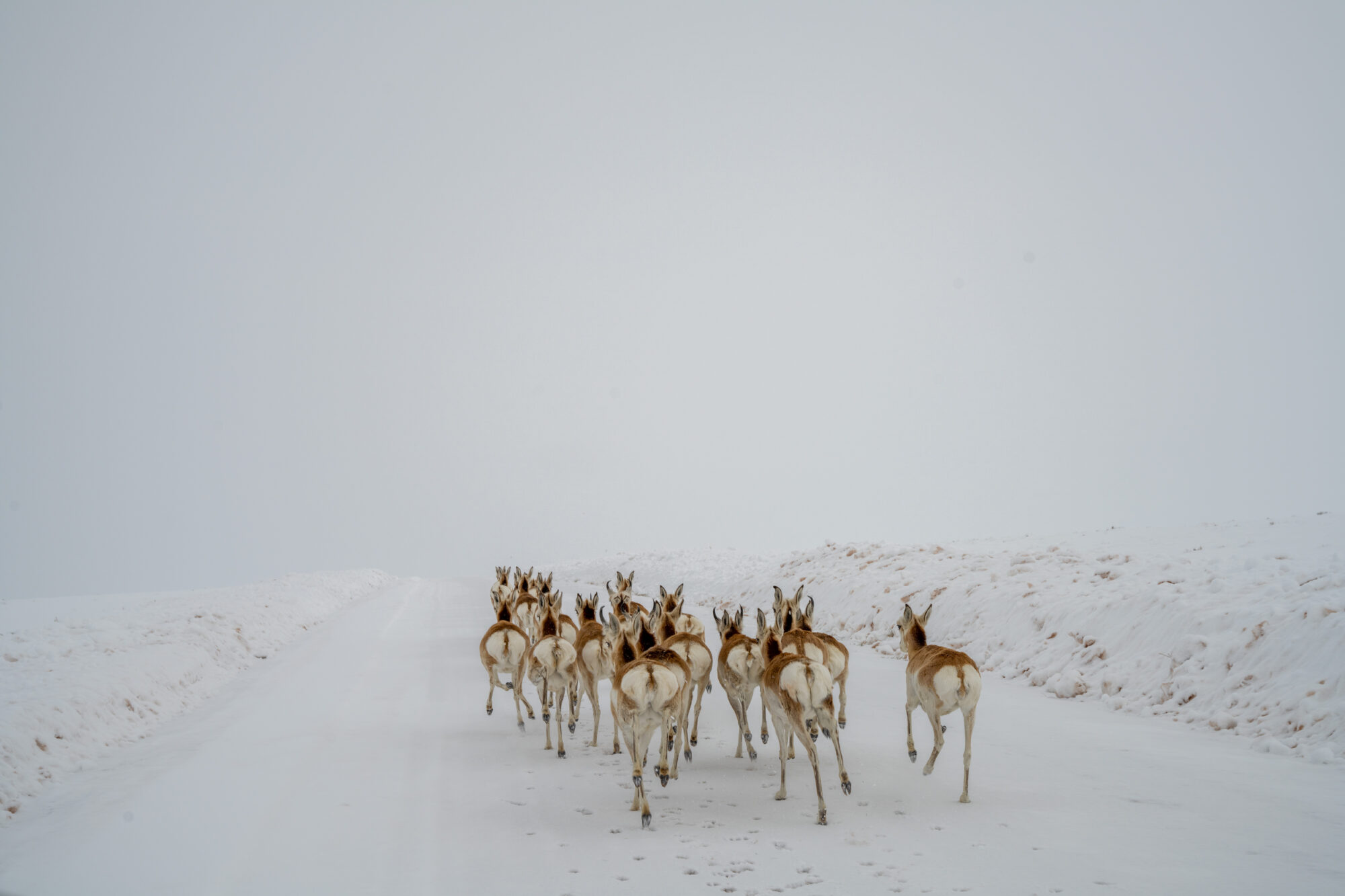
But it’s not just malnutrition that wildlife managers are worried about. Vehicle collisions are another concern, and these tend to increase when the snow piles up. As traditional travel routes and migration corridors get clogged with snow, swarms of animals move to paved roads where they have a much easier time walking. The result? In Colorado, four vehicles have collided with herds of 10 or more pronghorn in the last three months. (Two of those four collisions occurred within five days of each other and involved a total of 53 pronghorn.)
Will Agencies Cut Big Game Tags?
The winterkill we’re currently witnessing could affect big game seasons this fall, Heward cautions. Officials in northwestern Colorado are already considering slashing big game tags by over 40 percent. Similar measures might be necessary in Utah as well, depending on what the agency decides after a series of public meetings, Hadley says. These reductions might frustrate ranchers in the region who have dealt with wildlife trying to eat their livestock feed all winter. Hunting outfitters and rural areas that depend on tourism dollars could also take a hit.
But if this response helps populations recover from one of the worst winters in history, Heward says, so be it.
Read Next: As Snow Piles Up in Northern Utah, Hungry Mule Deer Are Getting Extra Food from the State
“In the regions that have been hit hard, my hope is that fish and game organizations take a very active role in cutting tag numbers and doing what they can to preserve the herd that’s left to bolster what’s there,” he says. “Are people going to be upset that there aren’t deer to hunt? Yes, absolutely. But we need to look at what’s best for the herd and the future of hunting them down the road. The best thing in a lot of these places is to cut tag numbers drastically so that less animals are taken off the landscape.”

